
Send your inquiry: sales@cncdsteel.com

Send your inquiry: sales@cncdsteel.com
316 stainless steel bar is the American standard. Belong to rust. Heat resistant. Corrosion resistant steel. Austenitic stainless steel. For the national standard is 0Cr17Ni12Mo2. Is better than 304 stainless steel. In seawater and various other media. Better corrosion resistance than 0Cr19Ni9. Mainly pitting corrosion resistant materials. 316 stainless steel bar features 1, summary: Mo(2~3%), excellent pitting resistance, excellent creep strength at high temperature.2, featur…
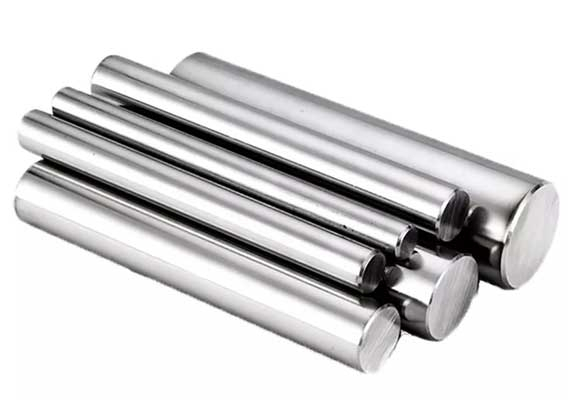

Steet pipe
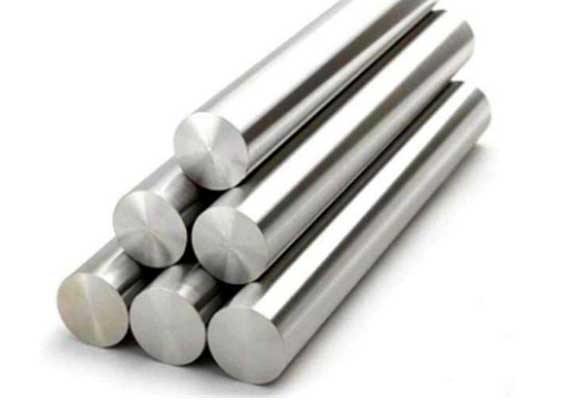
Steet pipe
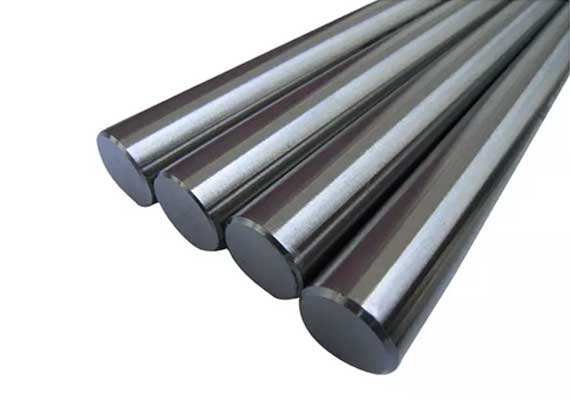
Steet pipe
316 stainless steel bar is the American standard. Belong to rust. Heat resistant. Corrosion resistant steel. Austenitic stainless steel. For the national standard is 0Cr17Ni12Mo2. Is better than 304 stainless steel. In seawater and various other media. Better corrosion resistance than 0Cr19Ni9. Mainly pitting corrosion resistant materials.
316 stainless steel bar features
1, summary: Mo(2~3%), excellent pitting resistance, excellent creep strength at high temperature.
2, features: 1, cold rolled product appearance gloss is good, beautiful; 2, add Mo, corrosion resistance, especially excellent pitting resistance; 3. Excellent high temperature strength; 4, excellent work hardening (weak magnetic after processing) 5, solution state no magnetic; 6, relative to 304 stainless steel, the price is higher.
3, Scope of application: pipeline, heat exchanger, food industry, chemical industry, etc.
Chemical composition
316 stainless steel bar
316 stainless steel bar (4 pieces)
Product name: 316 stainless steel bar, 304 stainless steel bar, 316 stainless steel bar. Grade: 0Cr17Ni12Mo2, main material 316, 316L, 310, 310S, 304, 304L, 303 and so on.
● Chemical composition:
Carbon C: 0.08 or less
Si Si: 1.00 or less
Manganese Mn: 2.00 or less
S: sulfur 0.030 or less
P P: 0.035 or less
Chromium Cr: 16.00 ~ 18.50
Ni: 10.00 ~ 14.00
Molybdenum Mo: 2.00 ~ 3.00
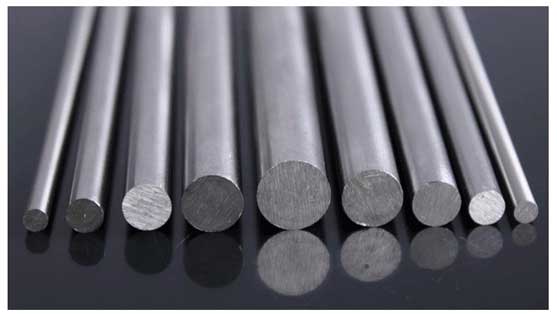
316 stainless steel bar: 316 stainless steel contains molybdenum and low carbon, in the Marine and chemical industry environment of the pitting corrosion ability is much better than 304 stainless steel! (316L low carbon, 316N high nitrogen high strength, 316 stainless steel sulfur content is high, easy to cut stainless steel).
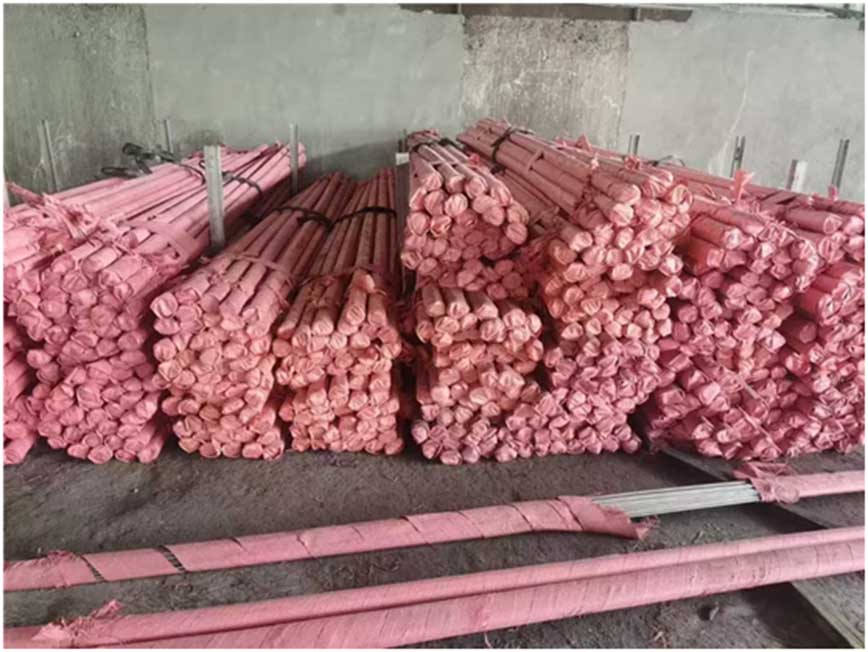
304L stainless steel bar: As low carbon 304 steel, in general, corrosion resistance is similar to 316L, but after welding or stress removal, its resistance to grain boundary corrosion is excellent, without heat treatment, can also maintain good corrosion resistance.
316 stainless steel bar: has good corrosion resistance, heat resistance, low temperature strength and mechanical properties, stamping, bending and other thermal processing, no heat treatment hardening phenomenon. Uses: tableware, cabinets, boilers, auto parts, medical appliances, building materials, food industry (operating temperature -196°C-700°C).
310 stainless steel bar: the main characteristics are: high temperature resistance, generally used in the boiler, automobile exhaust pipe. Other performance is average.
310S stainless steel bar: Is austenitic chrome-nickel stainless steel with good oxidation resistance, corrosion resistance, because of the higher percentage of chromium and nickel, 310S has much better creep strength, can continue to operate at high temperatures, has good high temperature resistance.

Product Name | Stainless Steel Bar | Material | 201, 202, 301, 302, 304, 304L, 310S, 316, 316L, 321, 430, 430A, 309S, 2205, 2507, 2520, 430 , 410, 440, 904Lect, or Customized |
Outer Diameter | Peeling Bar: 16~180mm | Standard | ASTM, JIS, GB, AISI, DIN, BS,EN | Certifications | RoHS | Packing | Industry standard packaging or according to client's requirement | Brand | TISCO,ZPSS,ESS,Baosteel,Shandong Iron and Steel, Rizhao Iron and Steel, Xiwang Special Steel etc . | Payment terms | 30%T/T in advance, the balance against the B/L copy | Delivery time | Fast delievery in 7 days,up to order quantity | MOQ | 1Ton |
Products are widely used in construction, machinery, coal mining, chemical industry, electric power, railway vehicles, automobile industry, highways, bridges, containers, sports facilities, agricultural machinery, petroleum machinery, prospecting machinery, greenhouse construction and other manufacturing industries
The corrosion resistance of stainless steel coils decreases as the carbon content increases. Therefore, the carbon content of most stainless steels is low, up to 1.2%, and some steels have a low ωC (carbon content) of even less than 0.03% (such as 00Cr12). The main alloying element in stainless steel coil is Cr (chromium). Only when the Cr content reaches a certain value, the steel has corrosion resistance. Therefore, the goods Cr (chromium) content of at least 10.5%. Stainless steel coil also contains Ni, Ti, Mn, N, Nb, Mo, Si, Cu and other elements.
Most of the requirements for use are to maintain the original appearance of the building for a long time. In determining which type of goods to choose, the main considerations are the required aesthetic standards, the corrosiveness of the local atmosphere and the cleaning system to be used. However, other applications are increasingly seeking structural integrity or impermeability. Examples include roofs and sidewalls of industrial buildings. In these applications, construction cost to the owner may be more important than aesthetics, and the surface may not be very clean. The use of 304 stainless steel coils in dry interior environments is quite effective.
Weldability. Different product uses have different requirements for weldability. A class of tableware generally does not require weldability, even including some cookware companies. However, most products require raw materials with good weldability, such as second-class tableware, insulation cups, steel pipes, water heaters, water dispensers, etc.
Corrosion resistance. Most stainless steel coil products require good corrosion resistance, such as Class I or Class II tableware, kitchen utensils, water heaters, water dispensers, etc.
Polishing performance. In today’s society, stainless steel coil products in the production process are generally polished, only a few products such as water heaters, drinking fountains, etc. do not need to be polished. Therefore, this requires raw materials with good polishing performance.
1. The need for pre-treatment
Pretreatment is an important treatment step before the surface of
stainless steel coil parts enter surface treatment (including pickling,
chemical polishing and electrochemical polishing, electroplating,
passivation, black coating, coloring, chemical treatment, etc.). During
the forming process of goods parts, the surface may adhere to oil
stains, burrs, rough surfaces and oxides. Therefore, before surface
treatment, oil stains, burrs, uneven surfaces and oxides must be removed
in order to obtain subsequent satisfactory results through processing.
2. Treatment of removed dirt
Stainless steel coil surface pretreatment in the need to remove the dirt
can be divided into two categories: organic and inorganic substances.
(1) organic dirt. Including mineral oil (such as diesel, oil, paraffin,
gypsum, etc.) and animal oil, vegetable oil (such as soybean oil,
camellia oil, rapeseed oil, lard, butter, etc.). These oils are mainly
from the stainless steel coil zero cattle processing process used in the
lubricant. , cutting oil, quenching oil, polishing paste and polishing
paste, and fingerprints.
(2) Inorganic dirt. Including dirt, dust particles, oxides and other
contaminants generated during the heat treatment process.
3. Pretreatment steps for stainless steel coil parts
(1) The surface is mechanically leveled. Eliminate the roughness of the
stainless steel coil surface, through mechanical polishing and grinding
to achieve a surface finish.
(2) Degreasing. Remove the surface oil and dirt.
(3) Acid washing. Remove the oxides on the surface.
(4) Weak corrosion. Activates the surface to be treated, removes the
surface passivation film, and exposes the metal crystal structure.
Stainless steel is a high-alloy steel, with a large resistance to rolling deformation. In order to carry out high-efficiency and high-precision rolling, rigid rolling mills should be used, generally multi-roller cold rolling mill.
Special welding process is also a feature of cold-rolled stainless steel coil production.
In the production process of cold rolled stainless steel coil, the raw material (hot rolled coil) should be annealed, intermediate annealing should be carried out in the cold rolling process, and the final product should be annealed, so annealing is an important part of the production.
Cold-rolled stainless steel is a high-grade steel products, there are strict requirements for surface quality. Not only are metallurgical defects caused by the previous process not allowed, but also obvious defects caused by the cold rolling process.
Send your inquiry / assessment to Us. Anything need us ,please don’t hesitate contact us here! we will keep it secret for you !

Send your inquiry / assessment to Us. Anything need us ,please don’t hesitate contact us here! we will keep it secret for you !
